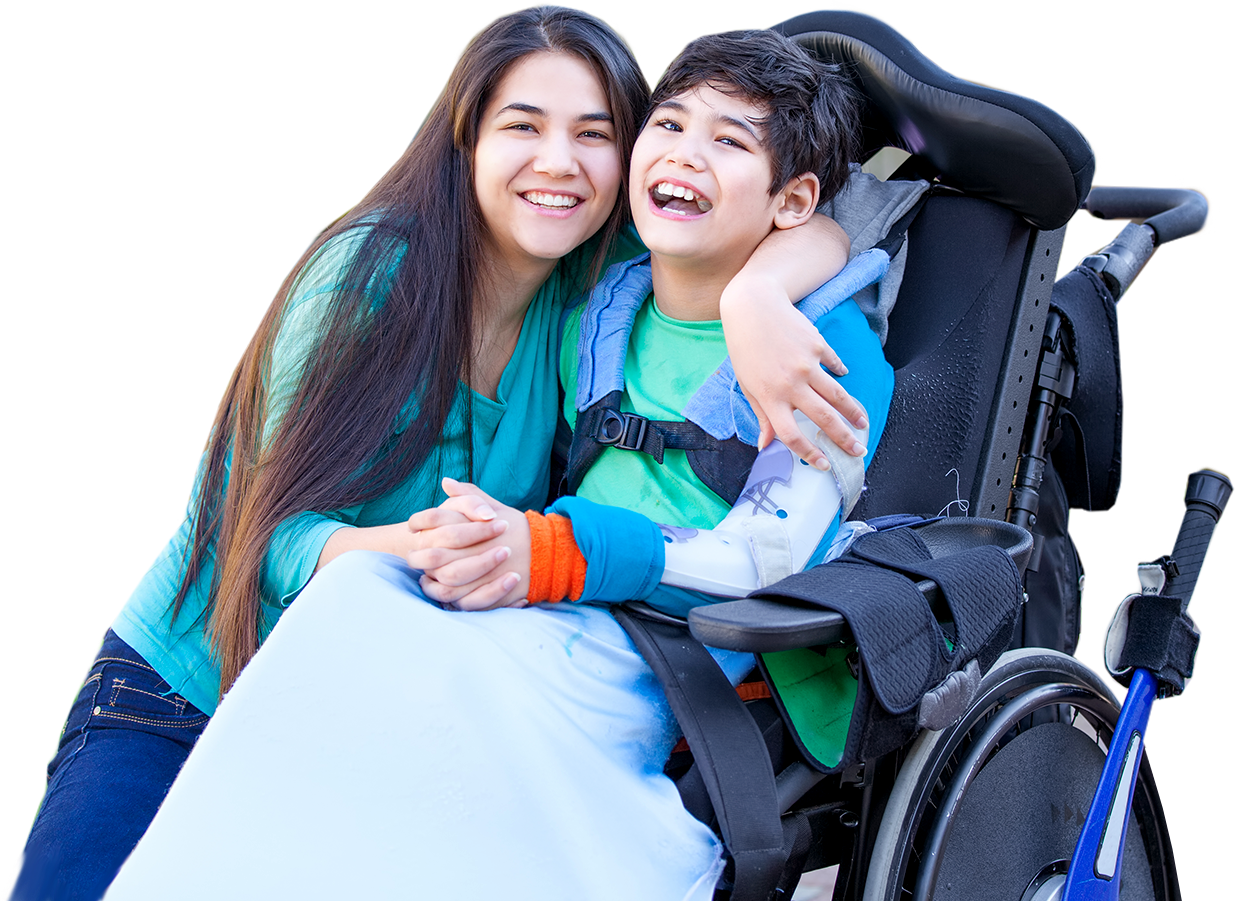CPFN Blog
advice to better care for your child

- Alternative
- Assistive Technology
- Associated Conditions
- Birth Injury
- Causes of Cerebral Palsy
- Cerebral Palsy Diagnosis
- Cerebral Palsy Information
- Cerebral Palsy Therapies
- Cerebral Palsy Treatments
- Child Development
- Doctor Visits
- Education
- Equipment
- Featured
- Legal Help
- Medical Research
- News
- Patient Care
- Prenatal Care and Childbirth
- Stories
- Tips for Parents
- Types of Cerebral Palsy
- Updates
Constraint-Induced Movement Therapy and Cerebral Palsy
Constraint-induced movement therapy (CIMT) helps children and adults develop their ability to use a hand or limb that has been weakened by cerebral palsy. This innovative, non-invasive therapy is an excellent option for helping your child with cerebral palsy improve their fine motor skills and independence. What Is Constraint-Induced Movement Therapy? The philosophy behind CIMT... Read More
Behavioral Modification Therapy and Cerebral Palsy
Between 25 and 30% of children with cerebral palsy also have a behavioral disorder. Many other children with cerebral palsy also find interacting socially with others difficult. Behavioral modification can help these children regulate their bodies and moderate their emotions. What Is Behavioral Modification? Behavioral modification is a common psychotherapy technique that replaces problematic cerebral... Read More
What to Know About Athetoid Hemiplegic Cerebral Palsy
Also known as dyskinetic hemiplegic cerebral palsy, athetoid hemiplegic cerebral palsy is a type of movement disorder that affects only one side of the body. Resulting from damage to the developing brain, this condition causes involuntary movements such as trembling, twisting, and grimacing, making it difficult for a patient to live a normal life. While... Read More
Statute of Limitations for Cerebral Palsy
When you find out your child has cerebral palsy, your first thought is likely about finding your child the right care and support. You may need to set up more medical appointments, find other specialists, rearrange your work schedule and pencil in a few hours for sleep. Reaching out to a cerebral palsy lawyer may... Read More
Can Infant Brain Damage Lead to Cerebral Palsy?
A significant majority of cerebral palsy cases will occur in the womb or during childbirth. The Centers for Disease Control and Prevention puts this number at about 90% of cases. The other 10% of cases will occur after birth, a condition known as acquired cerebral palsy. Acquired CP is most likely to occur as a... Read More
My Child With Cerebral Palsy Can’t Sleep
By Lee Vander Loop CP Family Network Editor I once saw a cartoon in the newspaper that featured a conversation between a sleep-deprived mom and dad arguing over who should get up for the 3 a.m. feeding. It was a reminder that sleeplessness is an inevitable part of parenting a newborn that most, at least... Read More
Mismanagement of Labor and Cerebral Palsy
The normal progression of labor is marked by dilatation of the cervix, thinning out of the cervix, and descent of the baby down the birth canal. If any of these progression markers are delayed or stalled, the medical staff needs to evaluate whether there’s prolonged or arrested labor. Failure to properly manage labor can lead... Read More
Potential Signs of Cerebral Palsy in Newborns
Cerebral palsy (CP) affects motor skills, movement, and muscle tone while hindering the body from moving in a purposeful and coordinated way. It may also affect other body functions involving muscles and motor skills like talking, bowel and bladder control, eating, and breathing. Cerebral palsy signs newborn babies may exhibit are often the result of... Read More
How Is Cerebral Palsy Diagnosed?
Events that cause a child to develop CP, including medical malpractice, frequently occur around the time of birth. But typically, CP is not diagnosed until significant motor impairment shows itself, which may take more than a year. Following an observational diagnosis of assessing key milestones that your child has or has not hit per the... Read More
Levels of Cerebral Palsy
Different classification systems use varying criteria to describe the severity and type of cerebral palsy a person has. CP manifests itself in many different physical, intellectual, and mental health challenges, which complicates the process of establishing any universal standards. However, despite those challenges, it’s critical to have a thorough understanding of the kind and severity... Read More
